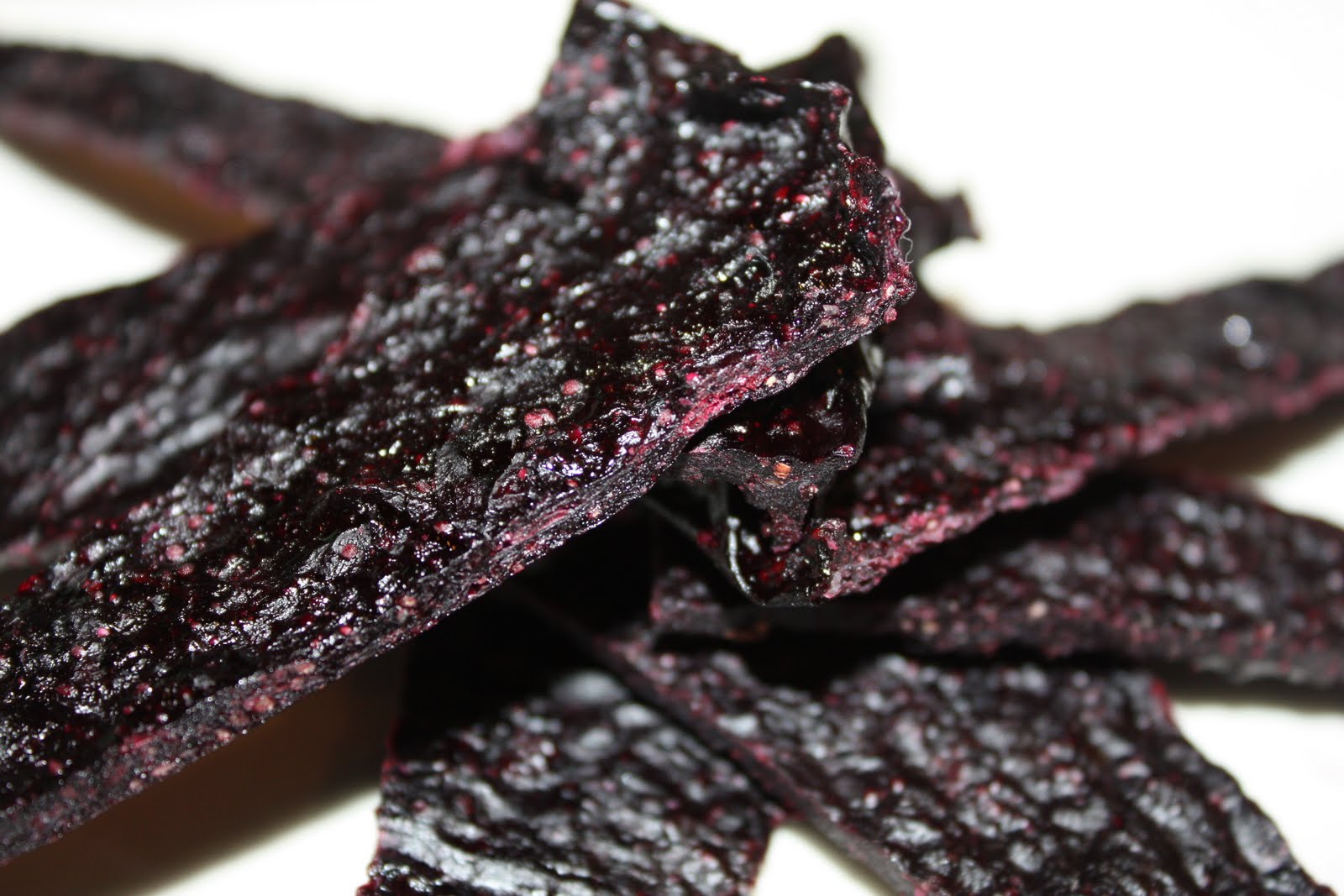Using the Scraps in Useful (and Tasty) Ways
A Closed Loop System
Somewhere back in your heritage were strong women who knew how to make the most of every kitchen scrap. Most of us were not taught these skills. Here is a basic tutorial for those of us who want to make the most of every food dollar and maximize nutrition, too.

Food is not getting any cheaper. Especially the kind we can feel good about eating and feeding our beautiful families. Many of us have made compromises along the way when sticker shock sets in. I have learned that, in order to avoid as much compromise as humany possible, less just has to be more. It just has to, so that I can make the most of my budget. Along those lines, Wilson was on business to a city where my cousin lived. We always enjoyed visiting their family and the conversations that would ensue over dinner. While on a trip without me, he went to their house as invited; their day had imploded (ever have that kind?) and my cousin looked up at him wearily as she cleaned milk her son spilled on the floor and said, “We have no food in this house. At all.”
Wilson, as though trying out for some Food Network show, started rummaging. He pulled random things out of the cupboard and fridge, and together they made something good for dinner. She mentioned that meal multiple times to me, about how much fun the experience was and what-a-surpise it was that a meal was lurking in there all along. Sometimes we are just too weary to see it ourselves. Sometimes we need a little education on what we can use and how. Ironically, that is the same cousin (on a less-weary day) that taught me to save all of my vegetable scraps; she was using a vegetable peeler on broccoli and explained–“oh, you can do so much with these woody stems!”
Wilson and I have learned a lot through a form of gardening called permaculture, which speaks of “closing the loop.” This means that we want to create a food system that supplies it’s own nutrient input systems for sustainability.
Example #1: You let your chickens ravage the last of the season’s retired garden. They poop on it and peck through it, providing both fertilizer and aeration. Next year? A fertile garden with increased output!
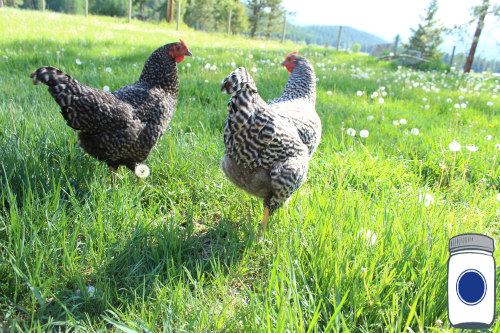
Example #2: The leaves falling from the tree create a rich habitat for the creepy-crawlies that break those nutrients from the leaves down back into soil, created a healthy loam for that tree.
Example #3: Your chickens produce yummy eggs for you, and you re-purpose those egg shells by preparing them to go into chicken feed (so they get the needed calcium back into their diets) or to go under the apple tree in desperate need of a lower (acidic) pH balance. That apple tree, with an adjusted pH will now produce more & better apples, and the overflow nourishes the chickens!

When we talk about using the kitchen scraps, we are also talking about closing the loop in the kitchen as much as possible. Perhaps you are turning the old potato with eyes into a fresh potato plant, or the carrot top sits in a dish of water in the windowsill until you can replant it. Maybe you are feeding chickens or a compost pile so that you can eat foods nourished with your waste. Here are some great how-to articles for you, organized by what you will achieve with your newfound kitchen skill of closing the food cycle loop.
Soups, Stews, & Broth
This is on the “Introduction to Kitchen Self-Sufficiency” syllabus. Welcome to the first day of school, class. If for some reason you have never learned to do this skill–you are not alone! I was baking all of my own breads and cooking from scratch for years before I figured this one out. One of the difficulties of learning everything as an adult is that sometimes we miss a step along the way.
Store-bought vs. Homemade: How to Make Your Own Vegetable Broth Pantry Paratus
Homemade Veggie Stock by Economies of Kale (which has to be the cutest blog name EVER)
Don’t Throw Those Away: Homemade Delicious Soup from Tomato Peels Pantry Paratus
Leftover Soup (although this has a “Day After Thanksgiving” theme, this works with just about any leftover all year long; this is a huge budget-stretcher). This is by “Oh, The Things We Will Make”–check them out!
Green Talk suggests adding some egg shells to your homemade broth for added calcium–interesting idea!
Snacks
Homemade Blueberry Fruit Leather (which has me wondering what other pulp and seeds can I be turning into leathers?) This recipe (and picture) come from My Healthy Green Family.
Tater Skin Crispies by Kitchen Stewardship (as is the photo):
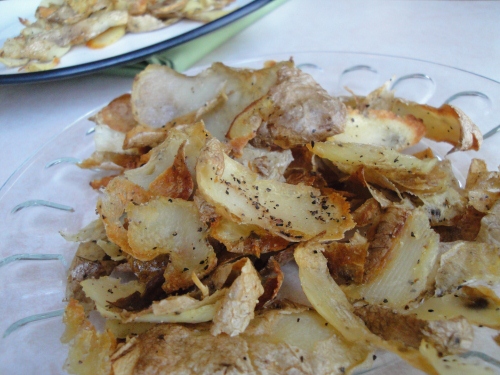
Flavorings
Here is a staple every kitchen should have–vanilla extract! Except, we all know that the real stuff gets expensive. Did you know you can make your own, if you have this as a scrap (which I have on occasion). Along with homemade vanilla, An Organic Wife also teaches us how to dehydrate our citrus peels for use as a meat flavoring. I use mine for things like homemade scones, too.
Dehydrating Tomato Skins–a great way to boost the flavor (and nutrition) of many things by Simple Healthy Home.
Always save old bread for Homemade Bread Crumbs! Kitchen Stewardship shares her tips (and picture) with us.
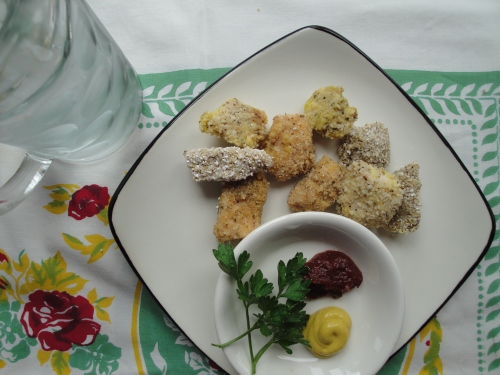
Meals & Side Dishes
Porridge (or Oatmeal) Pancakes Pantry Paratus
Low-Cost Menu Planning by repurposing leftovers (interview with Chef Nancy) on Pantry Paratus
We’re Eating Better with Nothing In the Pantry (using the random bits you have) by Pantry Paratus
Homemade Vinegar
Homemade Orange Vinegar by Little Owl Crunchy Momma
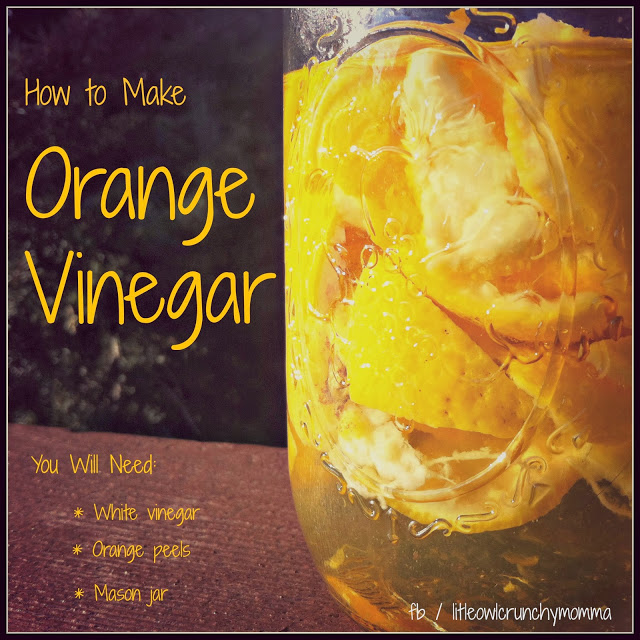
Homemade Apple Cider Vinegar From Apple Peelings by My Healthy Green Family
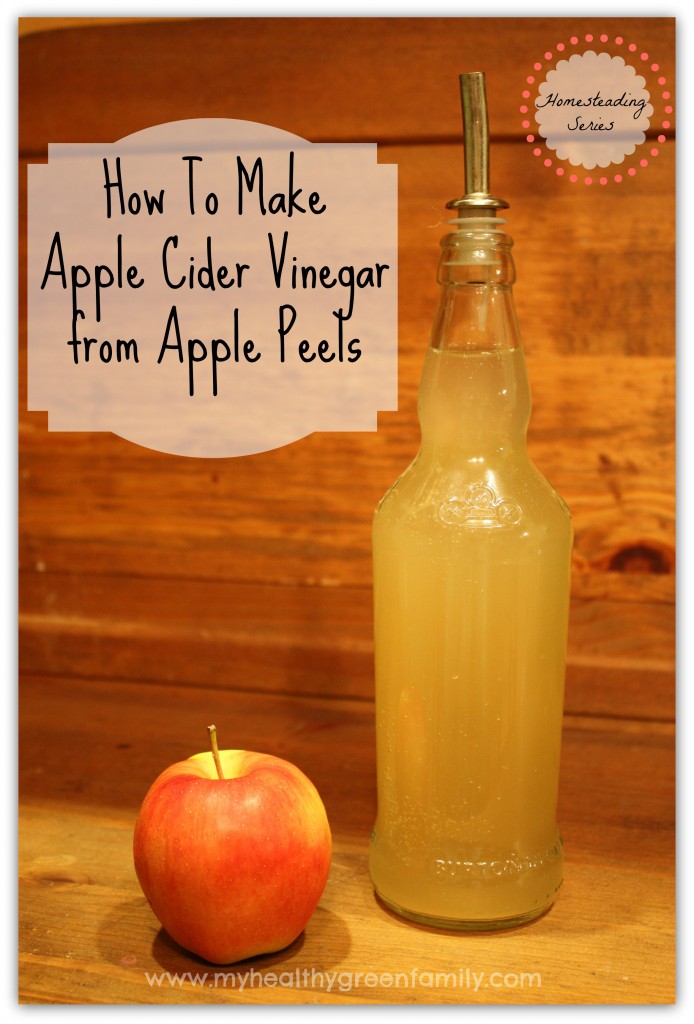
Apparently, Egg Shells Get Their Own Category
How did I not know this?
Egg Shells: Don’t Toss Em, Top 7 Uses by Green Talk
Get some Egg Shell Ideas (along with other great tips) by An Organic Wife here:
How To Make the Most of Your Dehydrator
What do you salvage in the kitchen? Leave a comment & share your tips!
Forever Frugal,
Chaya
Photo Credits:
WWII Propaganda Poster by http://creativecommons.org/licenses/by-nc-sa/3.0/
Blueberry Leather by: MyHealthyGreenFamily
Orange Vinegar by: Little Owl Crunchy Momma
Apple Cider Vinegar by: MyHealthyGreenFamily
Potato Skins & Bread Crumbs Photo: Kitchen Stewardship
Proviso:
Nothing in this blog constitutes medical or legal advice. You should consult your own physician before making any dietary changes. Statements in this blog may or may not be congruent with current USDA or FDA guidance.

